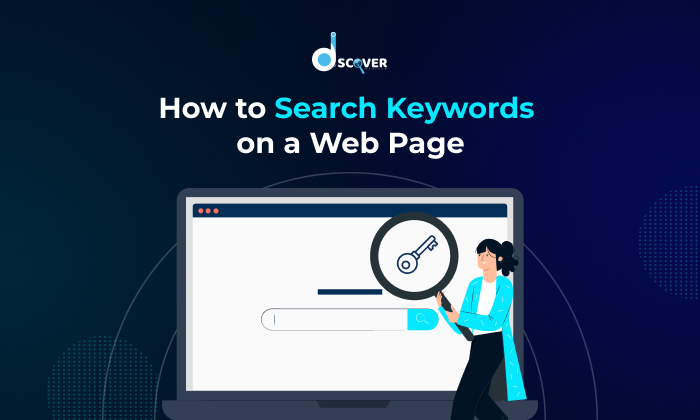
In the ever-evolving world of digital marketing, understanding how search engines work is essential for improving your online visibility. One of the most crucial components of search engine optimization (SEO) is website crawling. If you’re a beginner, this guide will help you grasp the basics of crawling, its importance in SEO, and how it can impact your website’s ranking. Let’s dive in!
What Is Crawling?
Crawling is the process by which search engines, like Google, scan and analyze the content of your website. Think of it as search engines sending out “spiders” or “bots” to explore every corner of your site. These bots systematically navigate your web pages by following links and indexing content along the way. Once the information is gathered, it’s stored in a search engine’s database—known as the index—making it accessible for users during a search query.
For example, if you have a blog post on “Facebook marketing tips,” a crawler will find this content, evaluate its relevance, and index it for related keywords. When someone searches for those keywords, your blog has a chance to appear in the search results—but only if the crawling process is successful.
Why Is Crawling Important in SEO?
Crawling is the first step in getting your website noticed by search engines. Without proper crawling, your site’s content won’t be indexed, and as a result, it won’t appear in search results. Here’s why crawling matters:
- Improves Visibility: Crawlers help search engines discover and index your content, making it easier for users to find you online.
- Keyword Relevance: During the crawling process, bots analyze your content for keywords and other SEO elements, ensuring your site matches user search intent.
- Site Health Monitoring: Crawlers identify technical issues like broken links, slow-loading pages, or duplicate content that can negatively impact your SEO efforts.
- Enhances User Experience: By organizing and indexing your content, crawlers indirectly improve your website’s structure and usability.
How to Ensure Your Website Is Crawlable
Ensuring your site is crawl-friendly is critical for effective SEO. Here are some tips to help:
- Submit an XML Sitemap: This file acts as a roadmap for crawlers, guiding them to all your important pages.
- Fix Broken Links: Broken links can disrupt the crawling process and frustrate users.
- Use Robots.txt Wisely: This file tells crawlers which parts of your site to explore and which to ignore.
- Optimize Internal Linking: Strong internal links help bots navigate your site efficiently.
- Speed Up Your Website: Crawlers prioritize fast-loading sites, so optimize your images and code to improve speed.
Discover WebTech Can Help!
Navigating the complexities of website crawling and SEO can feel overwhelming. That’s where Discover WebTech comes in. As experts in web design and SEO services, we’ll ensure your site is fully optimized for crawling and indexing. From creating an XML sitemap to fixing technical issues, we’ve got you covered!
Final Thoughts
Crawling is the foundation of SEO success. By understanding how search engine crawlers work and ensuring your website is optimized for them, you can significantly improve your online visibility. Remember, SEO is a continuous process, and staying proactive about your site’s crawlability is key. Ready to take your website to the next level? Let Discover WebTech guide you through the journey to better rankings and more traffic!



